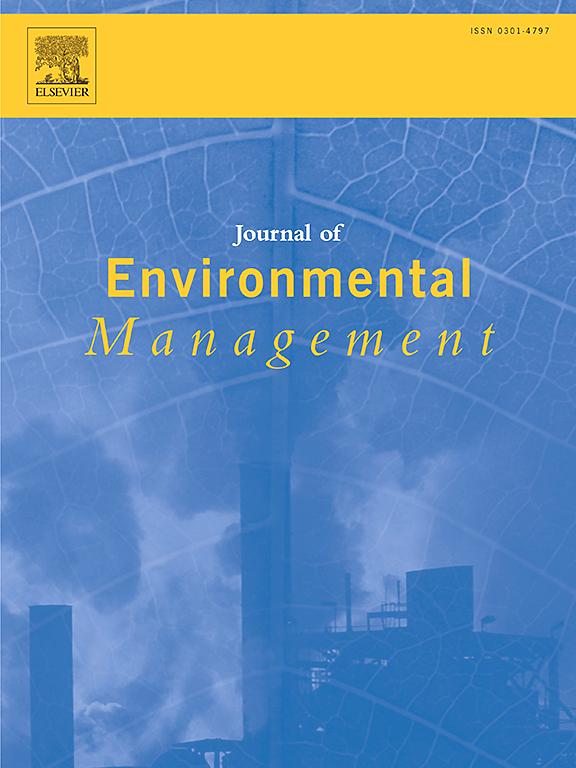Exploring the function of key species in different composting stages for effective waste biotransformation
IF 8
2区 环境科学与生态学
Q1 ENVIRONMENTAL SCIENCES
引用次数: 0
Abstract
Composting is a microbial-driven process that plays a vital role in recycling waste and promoting sustainable production. To develop more effective bioaugmentation strategies, this study examined three successive stages in an aerobic composting system, focusing on microbial community adaptation to high-temperature stress (mode_2) and nutrient-poor conditions (mode_3). The results revealed a shift from an r-strategy (rapid growth) to a K-strategy (thriving under resource-limited conditions). Community succession was predominantly driven by deterministic processes (>90 %) and exhibited strong cooperative interactions. Using multiple statistical approaches, key species were identified for each condition. These species enhanced microbial network connectivity under environmental stresses, increasing network edges by 29 %–35 %. Under high-temperature stress, Bacillus and Ureibacillus maintained core functions, while Chelativorans and Aeribacillus contributed to key metabolic pathways, including amino acid metabolism. In nutrient-poor conditions, Saccharomonospora and Pseudoxanthomonas enhanced overall system functionality, and Novibacillus played a key role in carbon and nitrogen cycling, particularly nitrogen fixation. Predictive models for microbial community stability (R2 = 0.68–0.97) were developed based on these key species to enable rapid assessment of system stability. Overall, this study identifies essential microbes involved in composting across different environmental conditions and clarifies their functional roles, providing valuable insights for optimizing aerobic composting efficiency and advancing waste resource management.

求助全文
约1分钟内获得全文
求助全文
来源期刊

Journal of Environmental Management
环境科学-环境科学
CiteScore
13.70
自引率
5.70%
发文量
2477
审稿时长
84 days
期刊介绍:
The Journal of Environmental Management is a journal for the publication of peer reviewed, original research for all aspects of management and the managed use of the environment, both natural and man-made.Critical review articles are also welcome; submission of these is strongly encouraged.
 求助内容:
求助内容: 应助结果提醒方式:
应助结果提醒方式:


